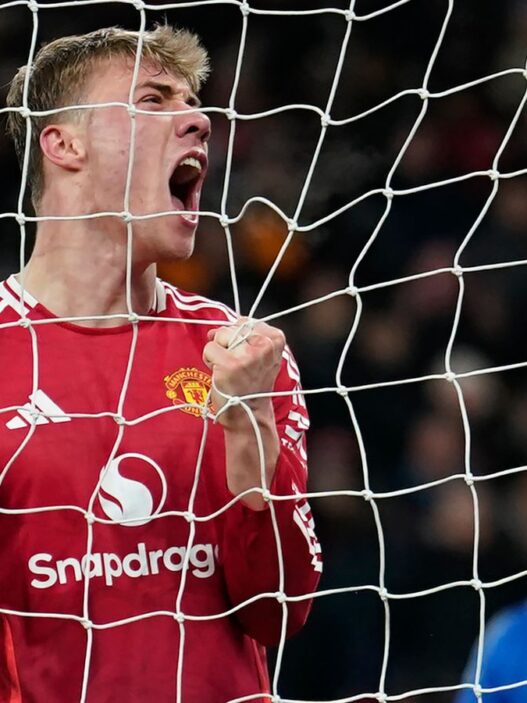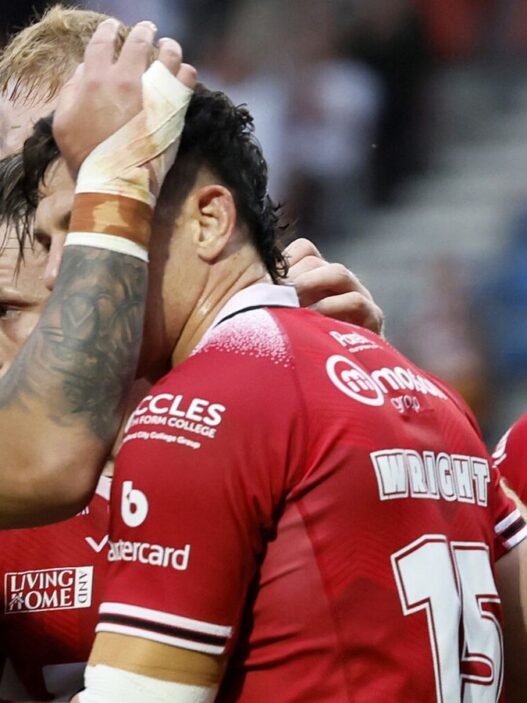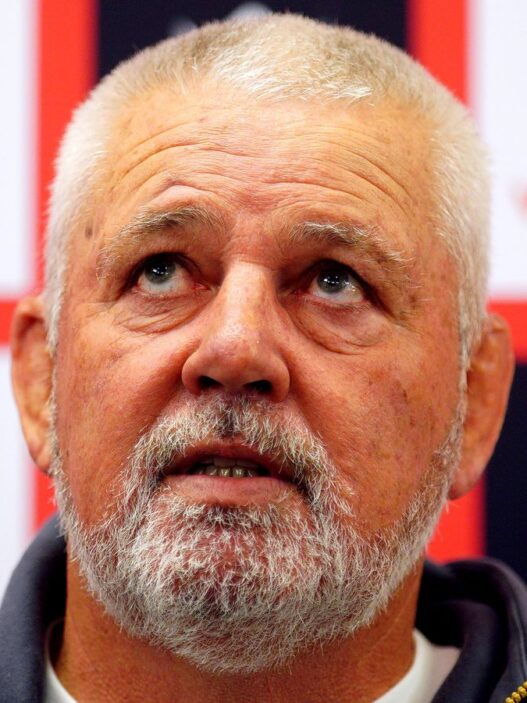The Premier League’s Profitability and Sustainability Rules (PSR) will remain in place for next season.
They were set to be replaced by Squad Cost Ratio (SCR) rules in the summer but Premier League clubs agreed at a meeting in London on Thursday to stick with PSR for at least one more season.
PSR limits clubs to losses of £105m over three years whereas SCR, which is modelled on UEFA’s financial rules, limits clubs to spending 85 per cent of their revenue on football costs.
SCR would also feature “anchoring”, limiting how much clubs could spend on player wages and transfers to five times the revenue the league’s bottom club receives in broadcast and prize money.
For example, Sheffield United received £110m last season. That means, under SCR, the spending limit would be five times £110m so £550m.
SCR has been running as a shadow financial regulation framework this season.
Clubs are now expected to wait until they know the outcome of Manchester City’s latest legal challenge to the Associated Party Transaction rules before voting on adopting SCR.
The PFA have also threatened legal action if the Premier League adopts “anchoring” because they believe it is anti-competitive and effectively a salary cap.
What are the Premier League’s Profit and Sustainability Rules (PSR)?
In the simplest terms, when every Premier League team tots up their annual accounts, they can have made a loss no greater than £105m across the previous three seasons.
Sounds straightforward, but this would be a very short explainer if it were that easy. There are a fair few caveats and sub-clauses to keep any club on their toes before they can find itself in the clear, or not…
For a start, not all losses are created equal.
Clubs can only lose £15m of their own money across those three years. So that’s no more than £15m extra on outgoings like transfer fees, player wages and, in a lot of clubs’ cases, paying off former managers compared to their income from TV payments, season tickets, selling players and so on.
Anything above that, up to the £105m barrier, must be guaranteed by their owners buying up shares, known as ‘secure funding’, and essentially means bankrolling the club.
In those circumstances, the Premier League require clubs to submit their financial plans for the next two seasons and how they are going to avoid overstepping the mark.
If any club owner is not feeling particularly flashy, or cannot find the best part of £100m down the back of the sofa, that does not leave much wiggle room.
Just in case you wanted something to make things extra interesting, there’s another rule to remember. For sides who have spent any of the last three seasons in the EFL, owners can only put in £8m of secure funding for those years, leaving an overall maximum annual loss of £13m for the campaigns in question.













